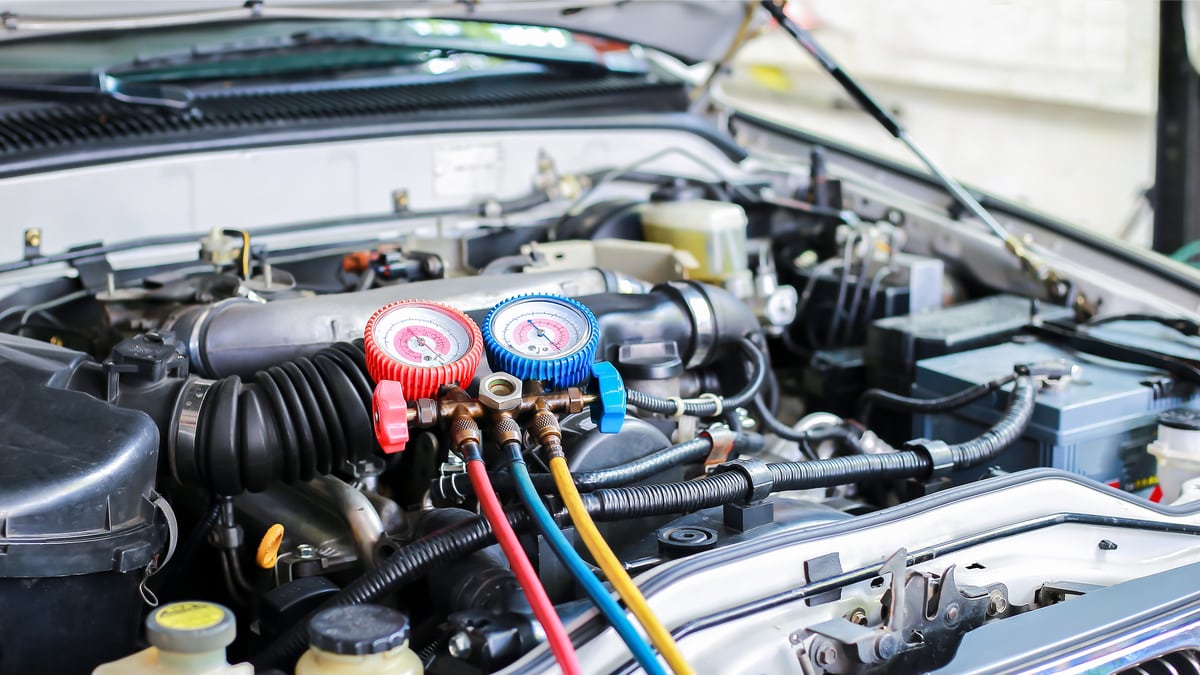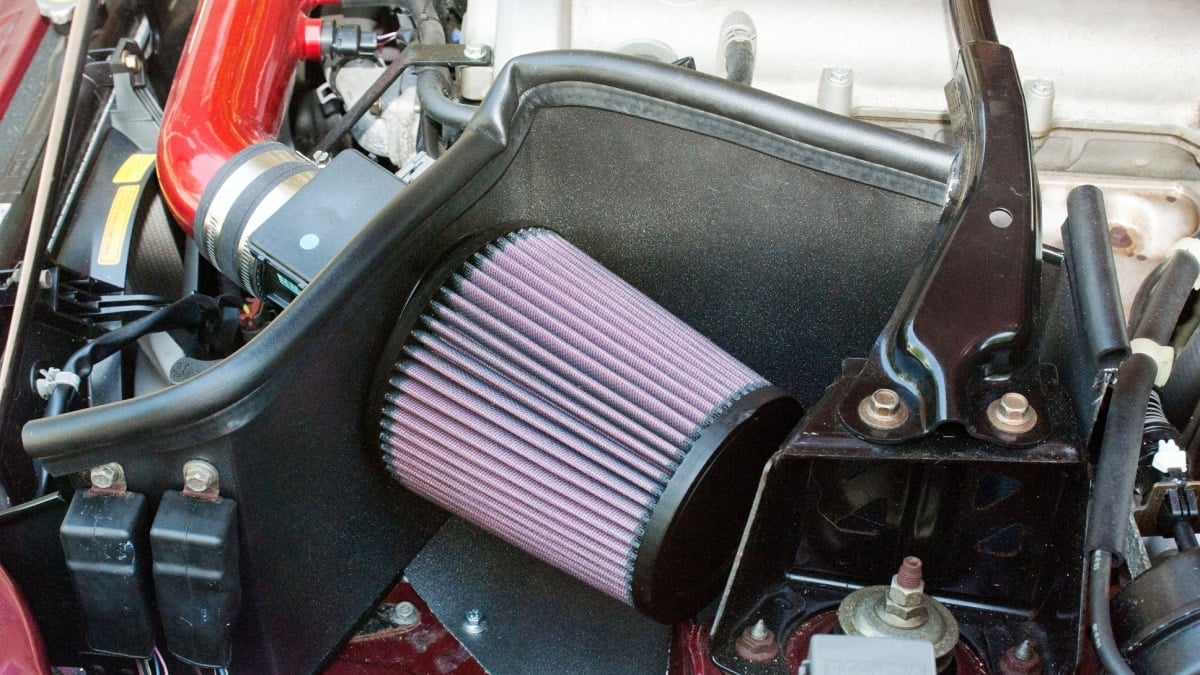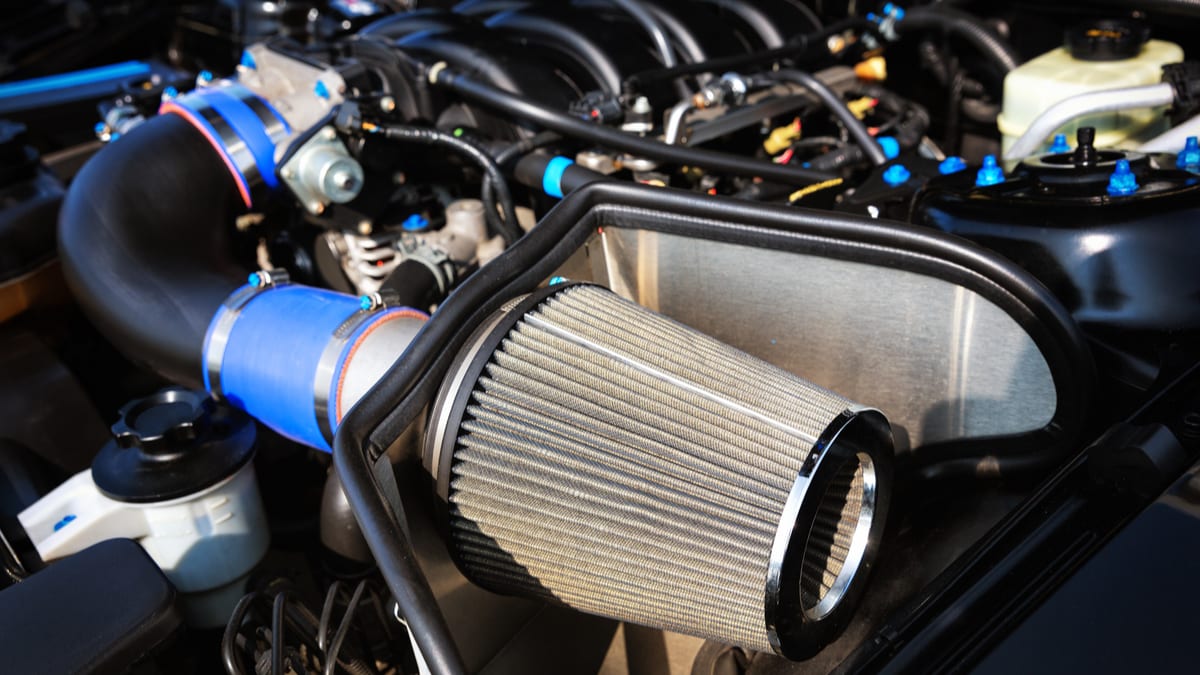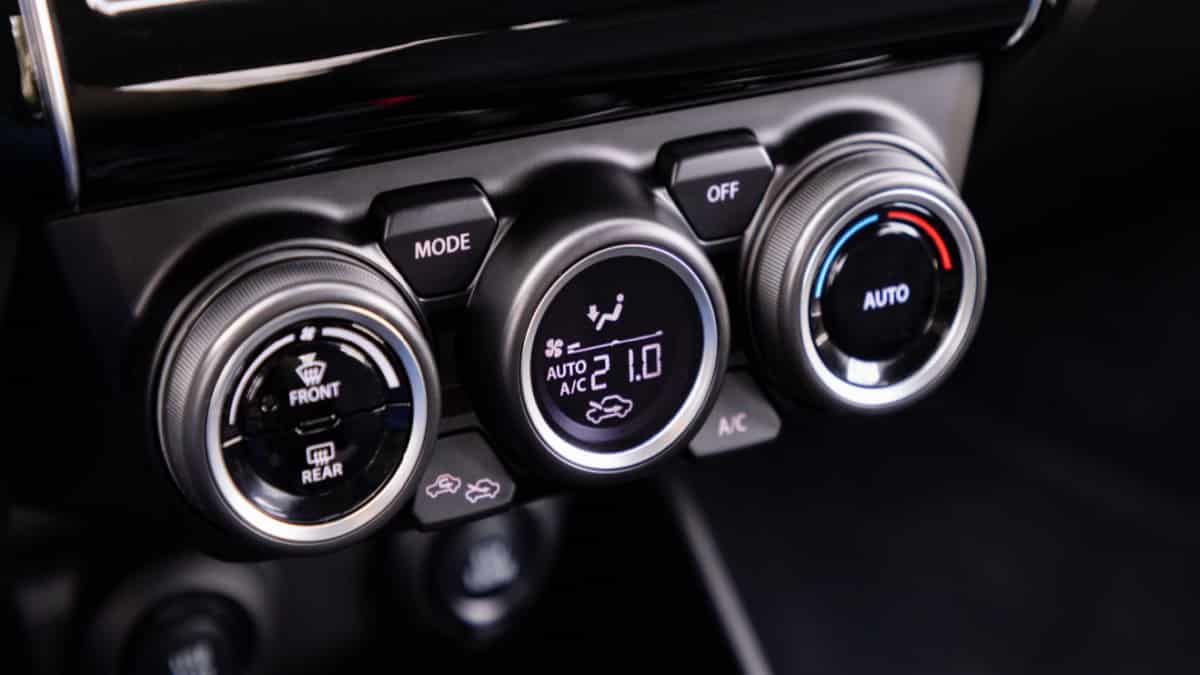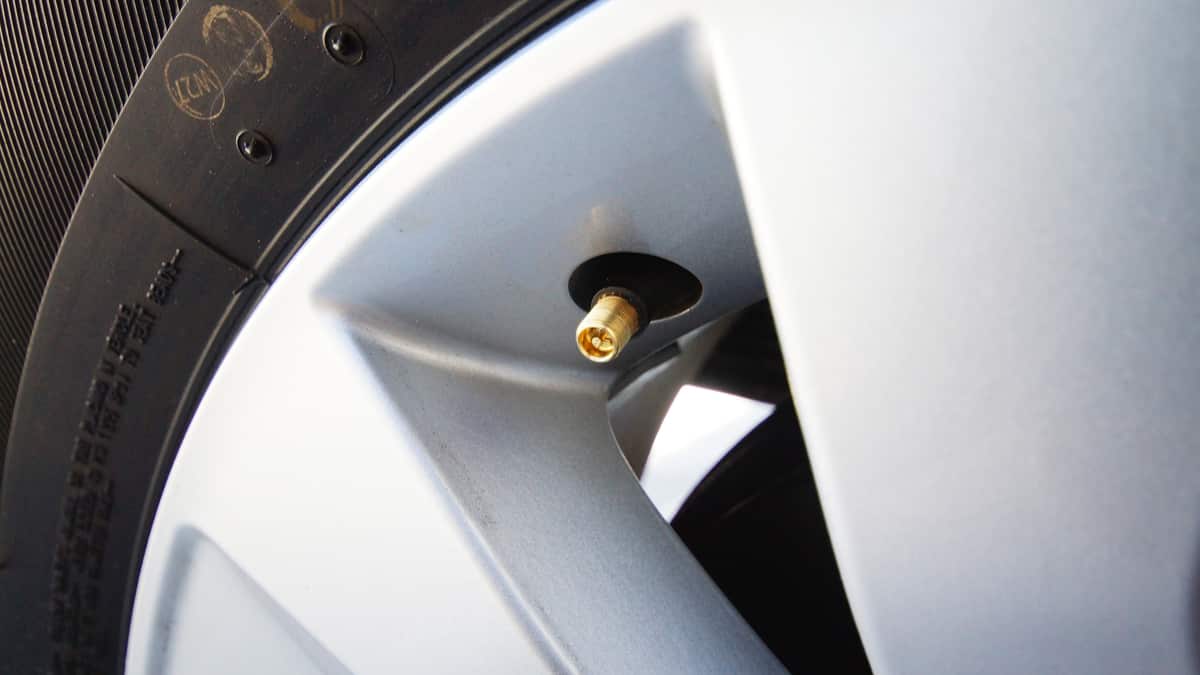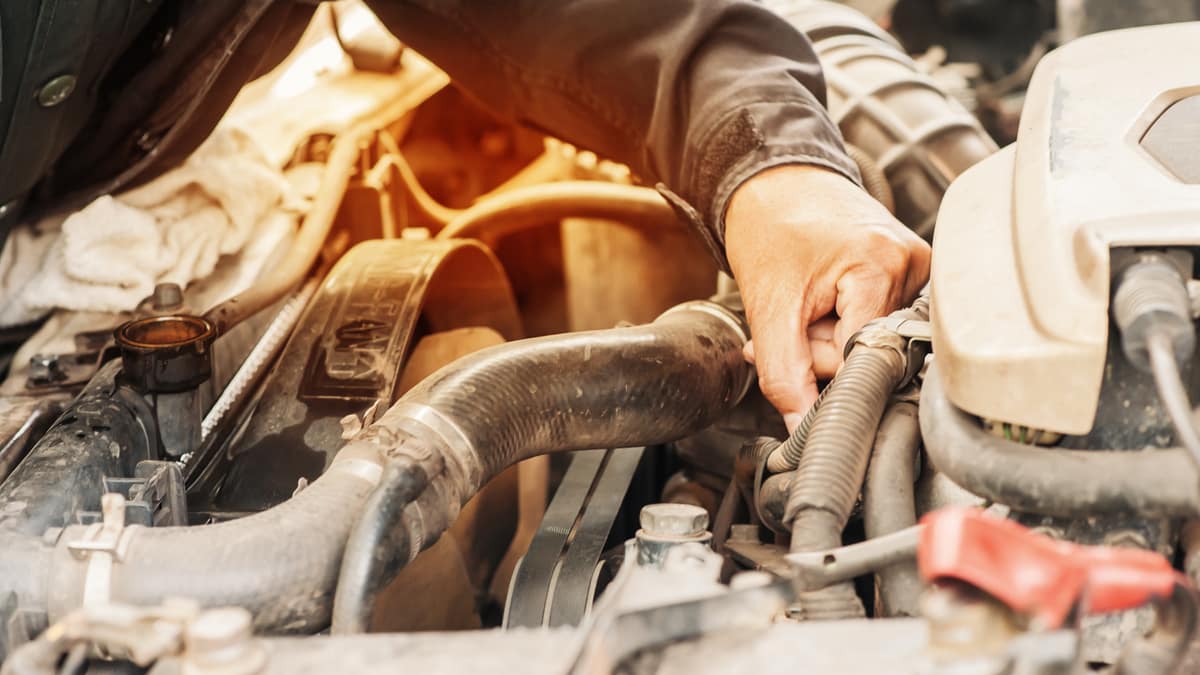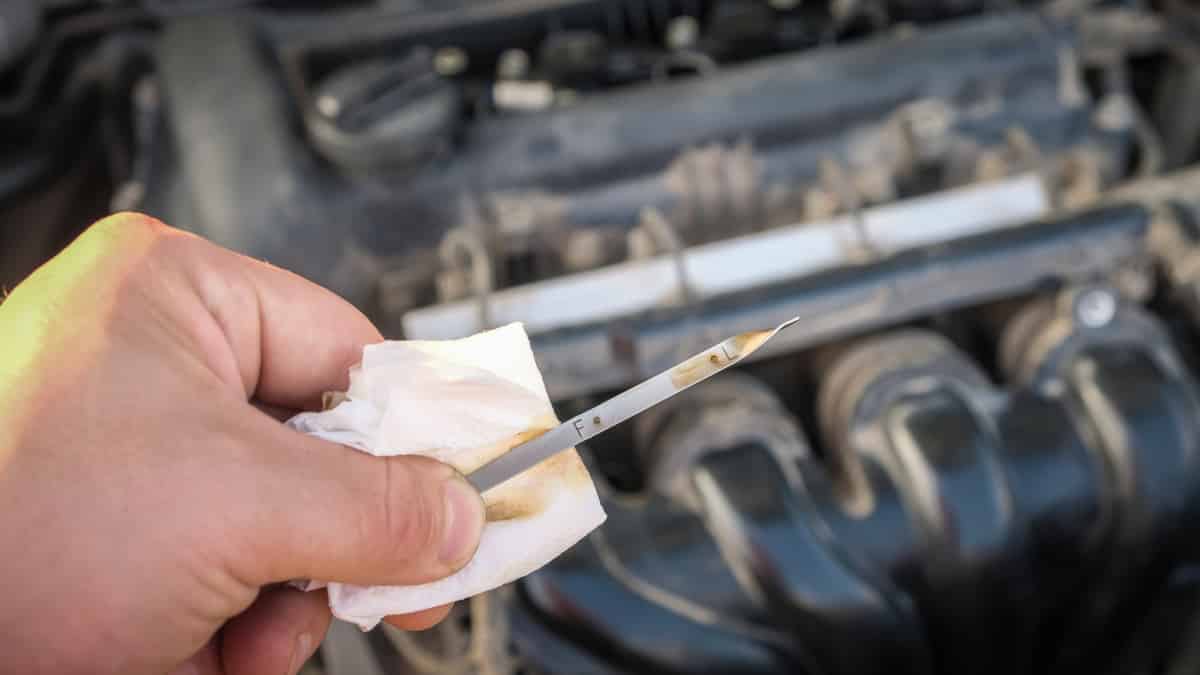It’s important to always be on the lookout for ways to reduce your fuel costs. By making some small changes to your vehicle’s equipment and driving habits, you can immediately lower the expenses you pay at the pump. So, does a cold air intake increase MPG, or should you look for other avenues?
In this guide, I look at the relationship between a cold air intake and fuel economy. I also explain what the cold air intake does and discuss how much fuel you might save.
With this outline of cold air intake pros and cons, you’ll know whether this upgrade is right for your vehicle. Plus, the end of the article covers important questions that you’ve been wondering about.
Does a Cold Air Intake Increase MPG?
Yes. A cold air intake can improve the fuel economy in many vehicles. Cold air intakes create better combustion of the air-fuel mixture, so less gas is consumed. With more oxygen being pumped into the combustion chamber, the process becomes more efficient overall, helping you save money.
The high-flow filter also helps to optimize the mixture in the engine. Therefore, adding a better filter can also improve the fuel economy and engine performance.
With that said, adding a cold air intake might not produce major results that are tangible, so don’t expect crazy results just with a cold air intake. Depending on what model you choose and the car you drive, you may have a hard time tracking the added savings.
How Much Fuel Can Be Saved With a Cold Air Intake?
The results you see from upgrading to a cold air intake can vary greatly, depending on the car model. If everything goes as expected, you may be able to increase the fuel economy by up to 1 to 3 miles per gallon. However, this is only possible if the new intake produces cooler air than what’s available with the stock setup.
In some cases, you could even harm the fuel efficiency if you swap out a system that’s already efficient. You could also notice a drop in performance when this happens. For this reason, it’s important to do your research ahead before making any upgrades.
What Does a Cold Air Intake Do?
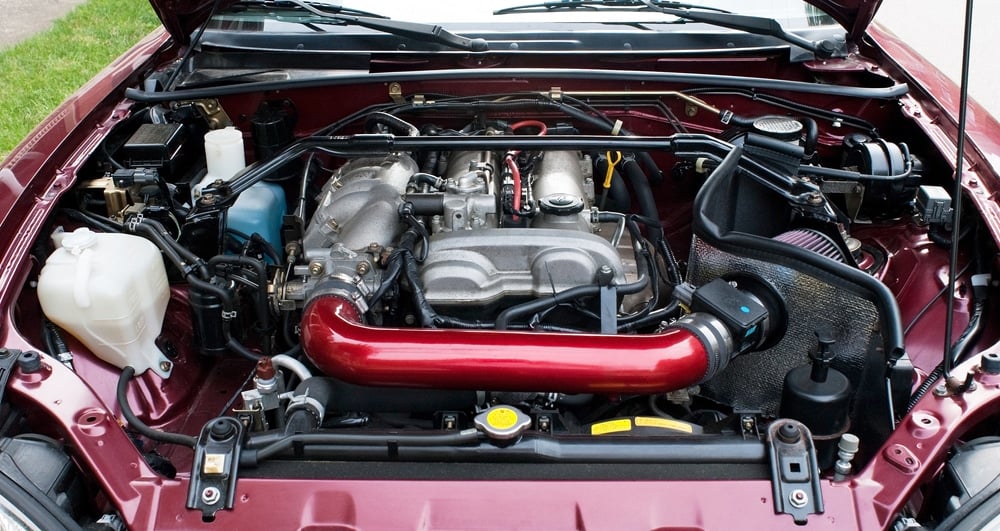
The cold air intake pumps colder air into the combustion chamber and engine than what’s found in the stock configuration. Inside the combustion chamber, the air and fuel mixture is ignited so power can be transferred to the cylinders that create physical energy to provide momentum through the transmission.
With cooler air, the oxygen becomes denser. Even with the same volume as hot or warm air, the colder air is going to contain more oxygen in a relative amount of space. The resulting combustion becomes more efficient, which turns into better performance and improved fuel economy.
The cold air intake replaces a standard air box. The plastic or metal tube connects to a conical air filter in combination with a heat shield that protects the filter from the hot components surrounding it. Because of this design, the air going into the engine is going to be much cooler, even if everything around it is hot.
Cold Air Intake Benefits
1. More Power
With a high-performance cold air intake, you can count on more power coming from the engine. As the air and fuel combust more efficiently, horsepower will be added.
Because of this boost, you can also expect better acceleration. The cold air density is higher than what was previously flowing through, so there’s more air available to the engine when it’s needed the most.
RELATED: How Much Horsepower Does a Cold Air Intake Add?
2. Improved Fuel Efficiency
With the improvements made to the way the engine runs, you may also see better fuel economy. As the air to fuel ratio improves, you will need less fuel to get the same results.
The less fuel that’s needed to burn, the more you save every time you go to the pump. However, the results may not be as dramatic as you might have hoped, depending on the intake you replaced.
3. Upgraded Filters

Most performance cold air intakes will also include a tough, more durable filter. These are better than the standard paper filters you might have been using with your engine.
Additionally, you won’t need to change these filters like you would with a generic type. Instead, you take the filters off periodically and clean them out to be reused.
RELATED: How Often Should You Change the Engine Air Filter?
4. More Aggressive Sound
If you are hoping to make your car more noticeable, the cold air intake might help you achieve your dreams. With the right intake, there may be a fuller and louder sound through the engine.
As the motor receives more cool air, the sound will increase. Of course, it won’t be as noticeable as putting on a performance exhaust, but it’s something worth noting.
Cold Air Intake Drawbacks
1. Pricey
As with any upgrade made to your car, you need to be willing to pay. Sure, you can choose a lower-cost option, but it probably won’t produce the results you are hoping for.
Instead, you will want to purchase a high-performance cold air intake from a reputable brand. On average, you can expect to spend $200 or more just for the parts.
2. Difficult to Install
Some upgrades are simple to perform. While adding a cold air intake isn’t overly complicated, it isn’t easy if you are skilled in the task.
Additionally, you may need tools that you don’t have on hand. For this reason, you might need to factor in a professional installation to your costs, which are already on the higher side.
3. Debris Collection
Everything that the cold air intake does well can also create some headaches. Because the cold air intake is efficient at sucking in more air to the engine, you can also expect a larger amount of moisture and debris to hit the filter.
If this debris gets to the engine because you don’t clean the filter, it can lead to big problems. Additionally, allowing the filter to clog can cause performance problems.
RELATED: 10 Best Cold Air Intakes
How Much Gas Mileage Does a Cold Air Intake Add?
Colder air is denser than warm air, ensuring more oxygen gets into the engine. With the fuel burning more efficiently, you could gain another 1 to 3 miles per gallon in the best circumstances. Combining this effort with other upgrades will increase your performance and fuel economy further.
Are Cold Air Intakes Worth It?
If you are buying a cold air intake just to improve fuel efficiency, you will probably be disappointed. However, it’s a good investment if you are hoping to boost how the engine runs or if you want to use it in conjunction with other upgraded aftermarket parts.
How Can I Improve My Gas Mileage By 70 Percent?
A cold air intake will not produce those results alone. You also won’t achieve that level of efficiency, no matter what you add. However, you can improve fuel economy by slowing down, avoiding braking and acceleration frequently and ensuring that your tires are properly inflated. It’s also important to keep the car engine tuned up.
Should I Tune My Car After Installing a Cold Air Intake?
Whenever you modify how the air or fuel flows through the engine, it’s wise to tune the vehicle. A custom tune ensures that all changes are compensated for. However, a cheap air intake might not make enough of a difference to warrant a tune, so you must use discretion.
Will a Cold Air Intake Harm My Engine?
The cold air intake is going to improve engine performance and fuel economy in most cases because it helps the motor run more efficiently. However, the filter can get clogged easier, which would have an adverse effect. To prevent this, it’s important to remove the filter often and clean it. Also if you install a cheap cold air intake kit, it can damage the engine.
If you are interested in improving the fuel economy of your vehicle, you may have considered the cold air intake. This aftermarket upgrade can provide a lot of benefits, such as improved performance and a more aggressive sound. Yet, the cold air intake isn’t a good option for all drivers.
You need to weigh the pros and cons carefully to decide if this is a route that you want to take. Ideally, you will make multiple changes to ensure that the engine runs as efficiently as possible.
Learn more:
- How to Increase Car Engine’s Horsepower & Torque?
- How to Make Your Car’s Exhaust Sound Louder (8 Ways)
- What Is a Straight Pipe Exhaust System? Pros, Cons & Cost
Categories: Engine

